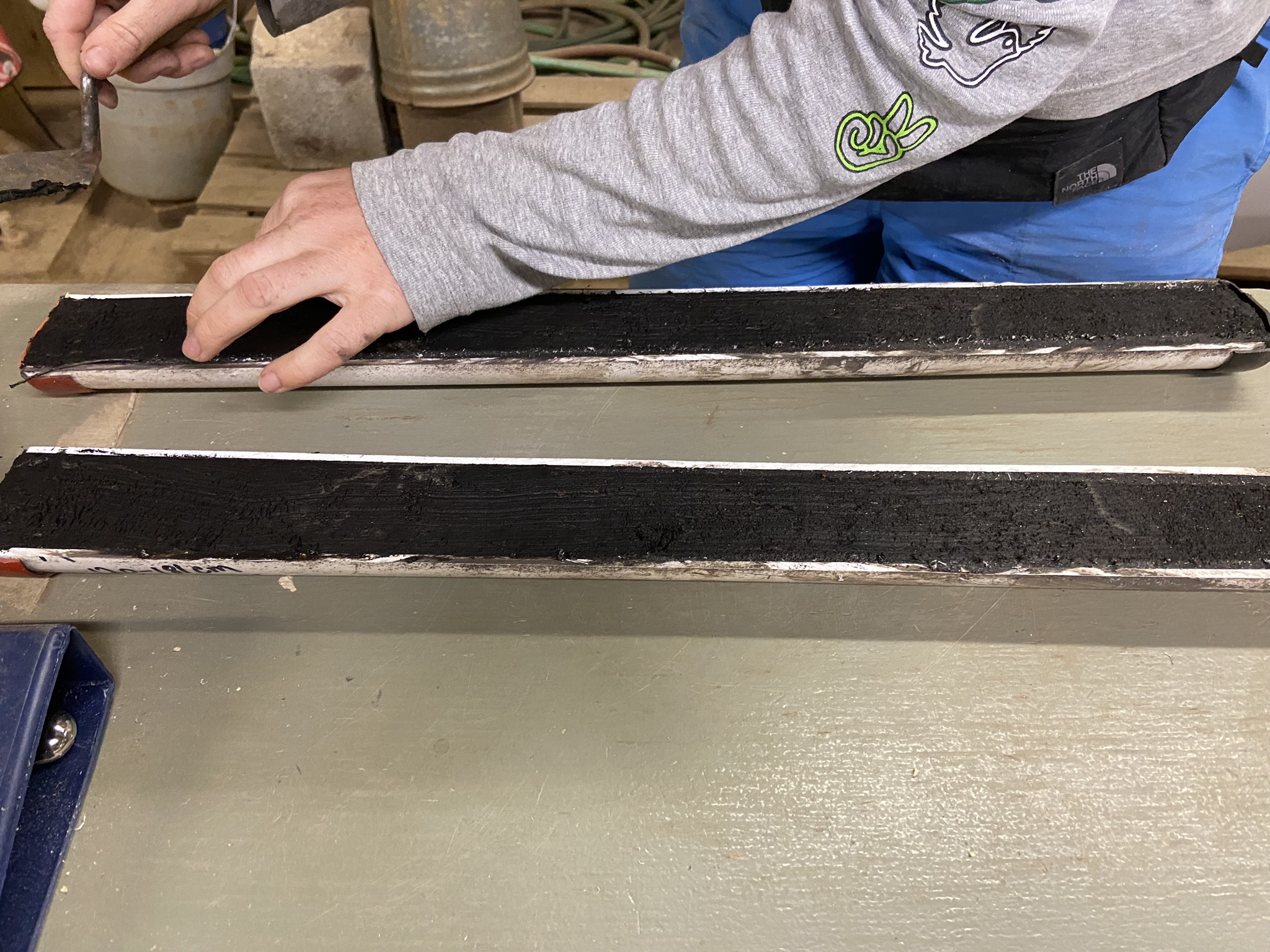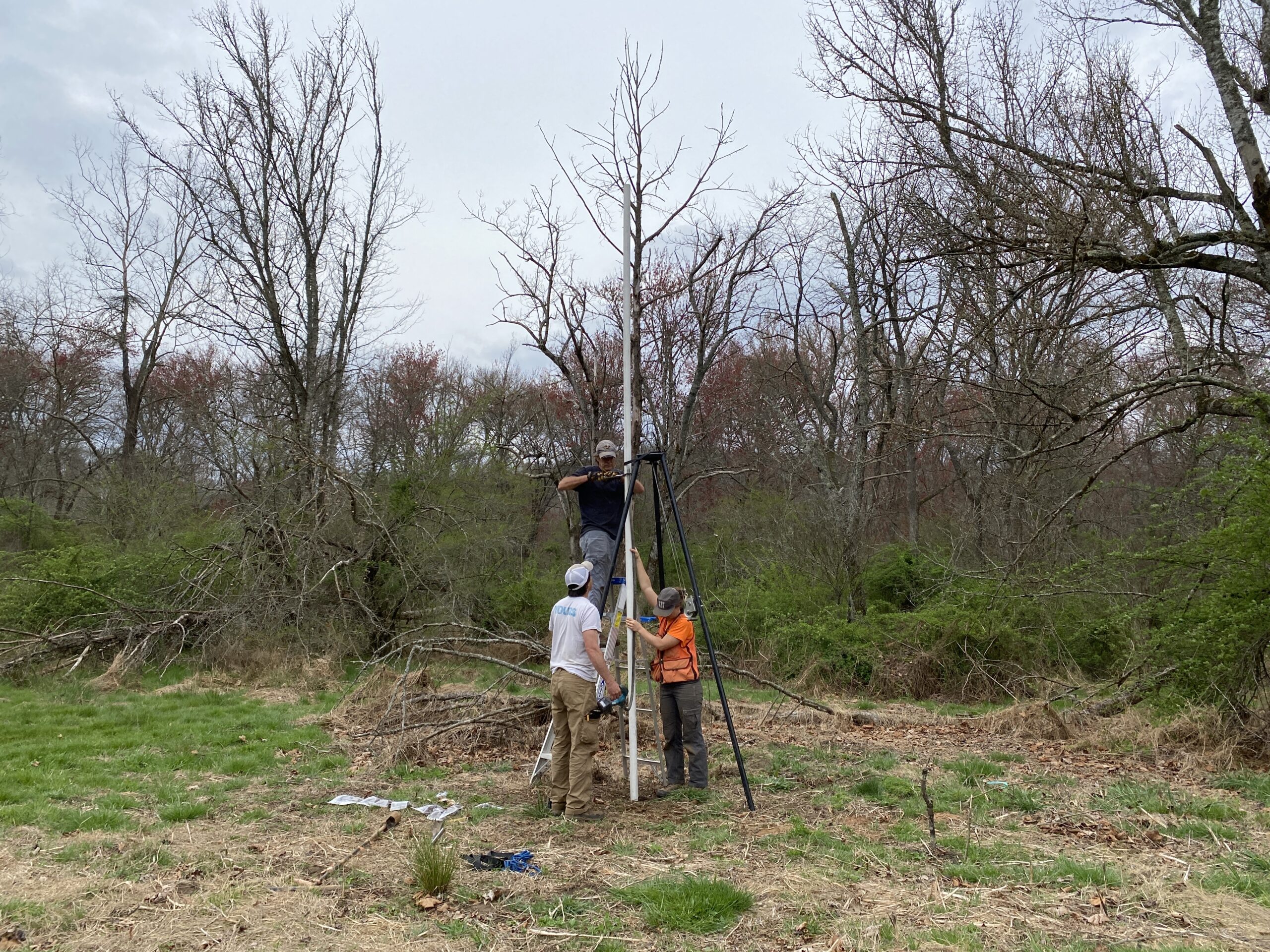Comprehensive Evaluation for Sustainable Wetland Restoration
Challenge
The wetlands and streams within the Little Tennessee River watershed, in the mountains of western North Carolina, face pressures from land-use changes, while unassessed archaeological sites add complexity and additional permitting needs to restoration efforts. Each site presents unique challenges, and deep understanding of landform evolution, vegetation history and cultural resources is crucial for sustainable restoration planning.

Solution
TRC conducted an interdisciplinary study for Mainspring Conservation Trust and the North Carolina Wildlife Resources Commission, integrating archaeological reconnaissance survey, geomorphology and paleoethnobotanical analysis. Our geomorphological study, which examines the formation and changes of landforms over time, revealed how the landscape evolution shapes terrace and wetland systems. In parallel, paleoethnobotanical analysis—a study of ancient plant remains preserved in sediment—documented shifts in wetland vegetation patterns throughout the Holocene, shedding light on long-term ecological changes. Together with the archaeological survey data, our findings helped guide restoration planning that balances ecological sustainability and cultural preservation.

Results
We documented 16 archaeological sites and identified areas where restoration can proceed without impacting significant cultural resources. The analysis of long-term vegetation changes informed ecological restoration and planting, and the geomorphological study offered critical insights into landscape evolution, ensuring that restoration efforts align with natural processes. By weaving together cultural, ecological and geomorphological data, TRC provided a solid foundation for sustainable and compliant stream and wetland restoration.
Projects With Purpose
TRC’s work with clients across the globe supports and enhances our communities and environment in significant ways. Learn more about how we are making the world a better place, one project at a time.



